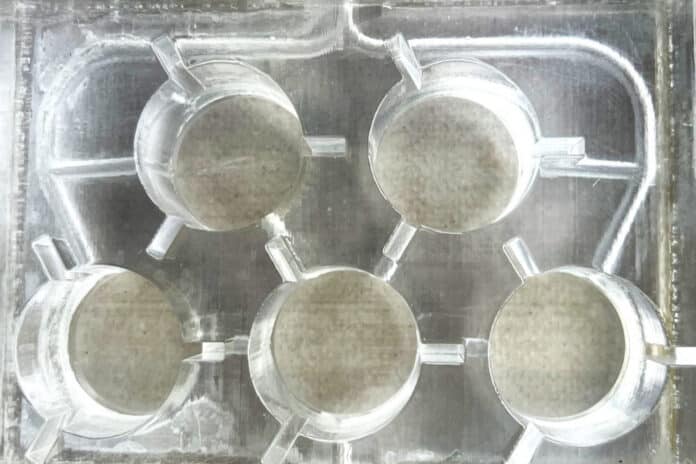Studying animals is essential for learning about health and sickness. This helps scientists create new treatments for both humans and animals. While they try to use other methods whenever possible, studying animals can only answer some questions.
Currently, around 80,000 animals are used in Europe’s early stages of drug development each year without subsequent clinical benefit.
To replace animal drug and chemical safety use, the University of Edinburgh scientists invented a novel 3D printed device- ‘body-on-chip’- that mimics how a drug moves through the body’s organs.
The team received £260,000 for this research from the Medical Research Council (MRC). The team will test it using sterile materials after its ability to replicate drug perfusion is proven and presented at the Microphysiological Systems (MPS) World Summit in Germany this summer.
The organ model is being created using 3D printing in partnership with the Edinburgh College of Art. It has five sections representing the heart, lungs, kidney, liver, and brain, all containing human cells. These sections are connected by channels that imitate the human circulatory system, allowing the flow of a small molecule drug.
Liam Carr (pictured above right), an in vitro pharmacology Ph.D. student, said: “Using mathematic modeling, we have found that the rate of transfer into the organ compartments and the uptake of nutrients in vitro mimics in vivo organ results. It’s been exciting to use PET imaging to modify the device and produce even flow through all organ compartments.”
The body-on-chip has shown promising results for drug development and testing aerosols, food, and household products. Additionally, there is potential to expand the model by adding more compartments to represent other organs like the stomach or skin, reflecting both healthy and diseased states in humans.
Carr’s supervisor, Dr. Adriana Tavares (pictured above left) of the University’s Centre for Cardiovascular Science (CVS), said: “This device shows powerful potential to reduce the large number of animals that are used worldwide for testing drugs and other compounds, particularly in the early stages, where only two percent of compounds progress through the discovery pipeline.”
Dr Natalie Duggett, NC3Rs Early Career Programme Manager, said: “Liam’s body-on-chip device has the potential to replace a significant number of the animals currently used in safety testing across various industries. Seeing one of our PhD students awarded funding at this early career stage is fantastic. This additional funding from the MRC recognizes Liam and the CVS team’s pioneering work to transform drug testing in a human-cell-based model and the importance of finding alternative approaches to replace animal use in these studies.”
Dr. Susan Bodie, Head of Business Development for the College of Medicine and Veterinary Medicine at Edinburgh Innovations, said: “We’re delighted to be supporting Liam and the CVS team in the development of this ‘body-on-chip’, and we look forward to seeing the impact this novel device has on testing and progression of new compounds and drugs in the future.”
